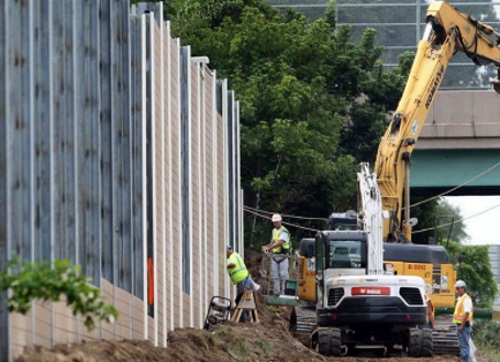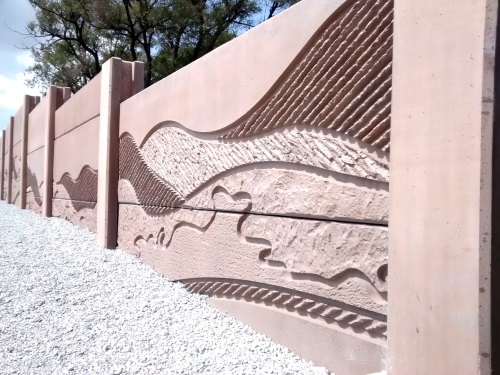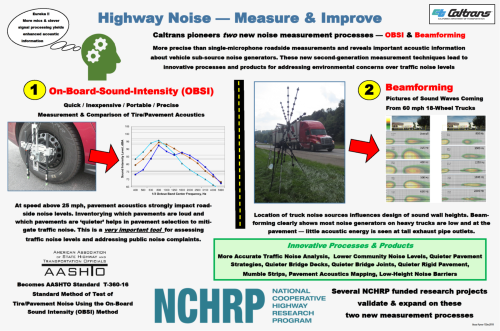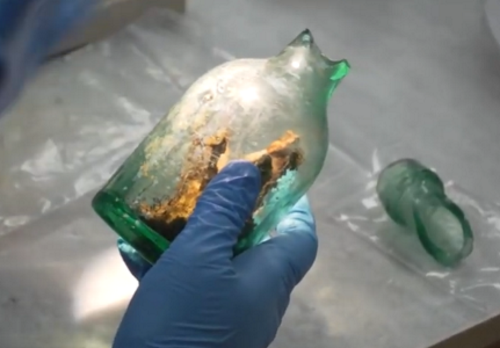A roundup of headlines curated for state transportation environmental professionals
FEDERAL ACTION
Key House transportation figures win reelection – Trains
Biden to Move Fast to Strike Down Trump’s Environmental Agenda – Bloomberg Law
Public transit emerges a big winner in election – Marketplace
President Biden Promises To Boost Transit And Build For Bicyclists But Won’t Tackle Car Dependency – Forbes (Op-ed)
COVID-19
Supporting healthy urban transport and mobility in the context of COVID-19 – World Health Organization (Report)
Ontario allocates roughly $1 billion for COVID-19 resilience projects – REMI Network
NEPA
Video: How State DOTs Work to Ensure NEPA Compliance – AASHTO Journal
INFRASTRUCTURE RESILIENCE AND SUSTAINABILITY
AASHTO’s ETAP Podcast: Georgia DOT’s Innovative PEL Study – AASHTO’s ETAP Podcast
USDOT loan to aid rural California infrastructure project – Transportation Today
Proposition B: Austin approves $460M in transportation infrastructure bonds – KVUE-TV
Unmanned Aerial Systems Support Flood Management Activities – Innovator (FHWA)
What we’re voting for: infrastructure – The Verge (Commentary)
AIR QUALITY
Why IKEA is investing in sustainable mobility – GreenBiz
Port of L.A. seeks input on zero-emission technology from private companies – City News Service
ENVIRONMENTAL JUSTICE
How one San Diegan uses his bicycle obsession to make the sport more inclusive and accessible to others – San Diego Union-Tribune
Hurricane Relief Through Mutual Aid – Yes!
National E-Mobility Equity Virtual Conference – Forth Mobility Fund (Blog)
NATURAL RESOURCES
If Florida takes over permitting, its life-giving wetlands will be lost to development – Miami Herald (Opinion)
It’s not too late to protect Northern New Mexico – Santa Fe New Mexican (Op-ed)
CULTURAL RESOURCES
Parks Canada to create expert panel to advise on a long-term framework for how visitors will get around the Bow Valley and experience Banff National Park in the future – Parks Canada (Press release)
HEALTH AND HUMAN ENVIRONMENT/ACTIVE TRANSPORTATION
State DOTs Issue Transportation Alternatives & Trail Grants – AASHTO Journal
The Capital of Sprawl Gets a Radically Car-Free Neighborhood – New York Times
Bike Shortages Will Likely Last Until Next Year, and Possibly into 2022 – Bicycling
Boulder talks transportation: Future of bike share, which wheels go where – Boulder Beat (Blog)
TRB RESOURCES/ANNOUNCEMENTS
(Date Correction) TRB Webinar: Planning an Effective Airport Deicing Runoff Management Program – TRB
Improving Mid-Term, Intermediate, and Long-Range Cost Forecasting for State Transportation Agencies – NCHRP
Improving Mid-Term, Intermediate, and Long-Range Cost Forecasting: Guidebook for State Transportation Agencies – NCHRP
TRB Webinar: Rail in the Time of Coronavirus – Planning, Operating, & Constructing Rail – TRB
TRB Webinar: Cross-Cutting Issues in Urban Congestion Pricing – TRB
Webinar – Protecting Traffic Infrastructure with Weigh In Motion (WIM) – CS2SMART (Link to registration)
2020 Moving Together Conference – UMass Transportation Center
FEDERAL REGISTER NOTICES
Deepwater Port License Application: Blue Marlin Offshore Port, LLC (BMOP) – Maritime Administration (Notice of intent; Notice of virtual public meeting; Request for comments)
Pictured Rocks National Lakeshore; Snowmobiles – National Park Service (Proposed rule)




